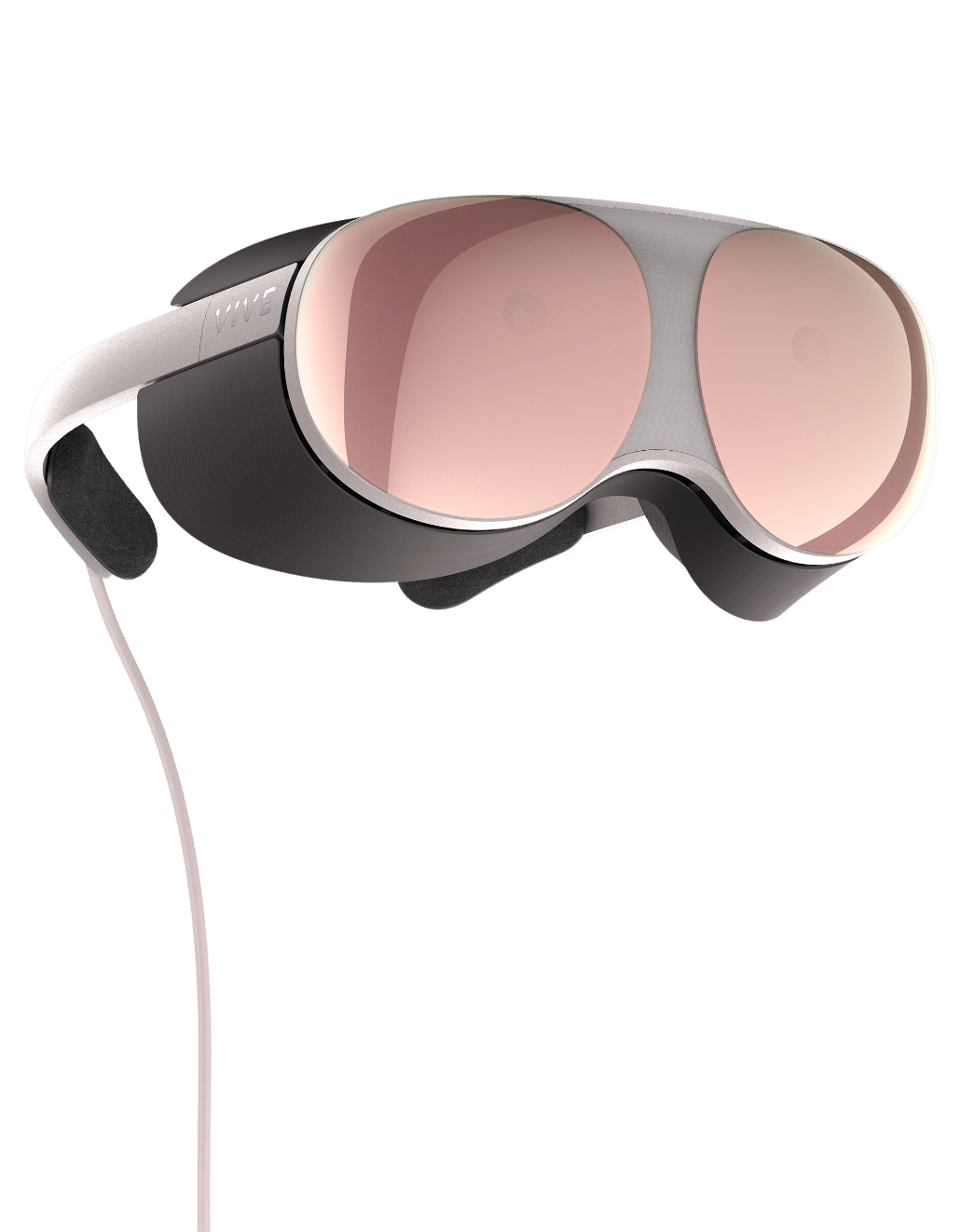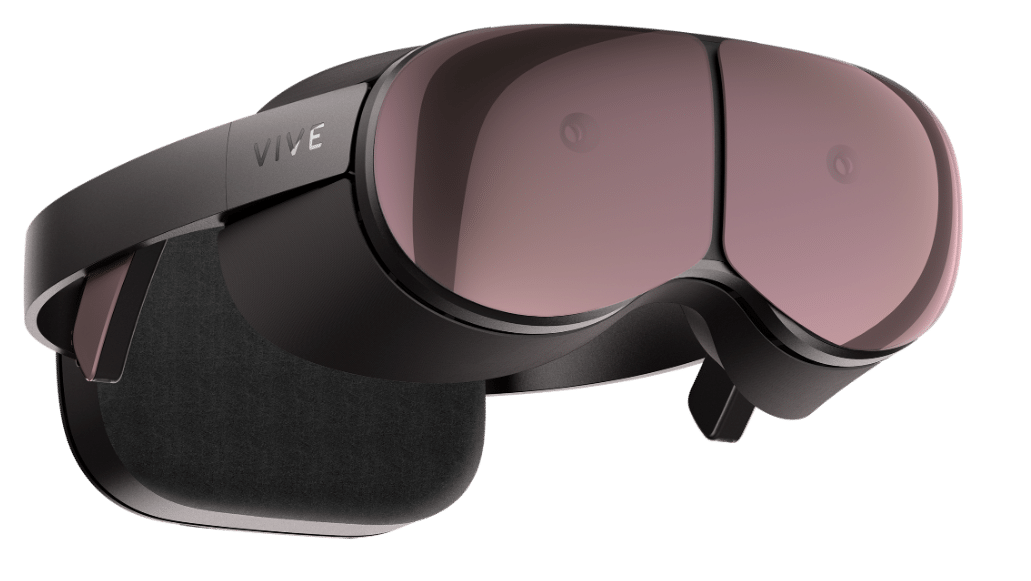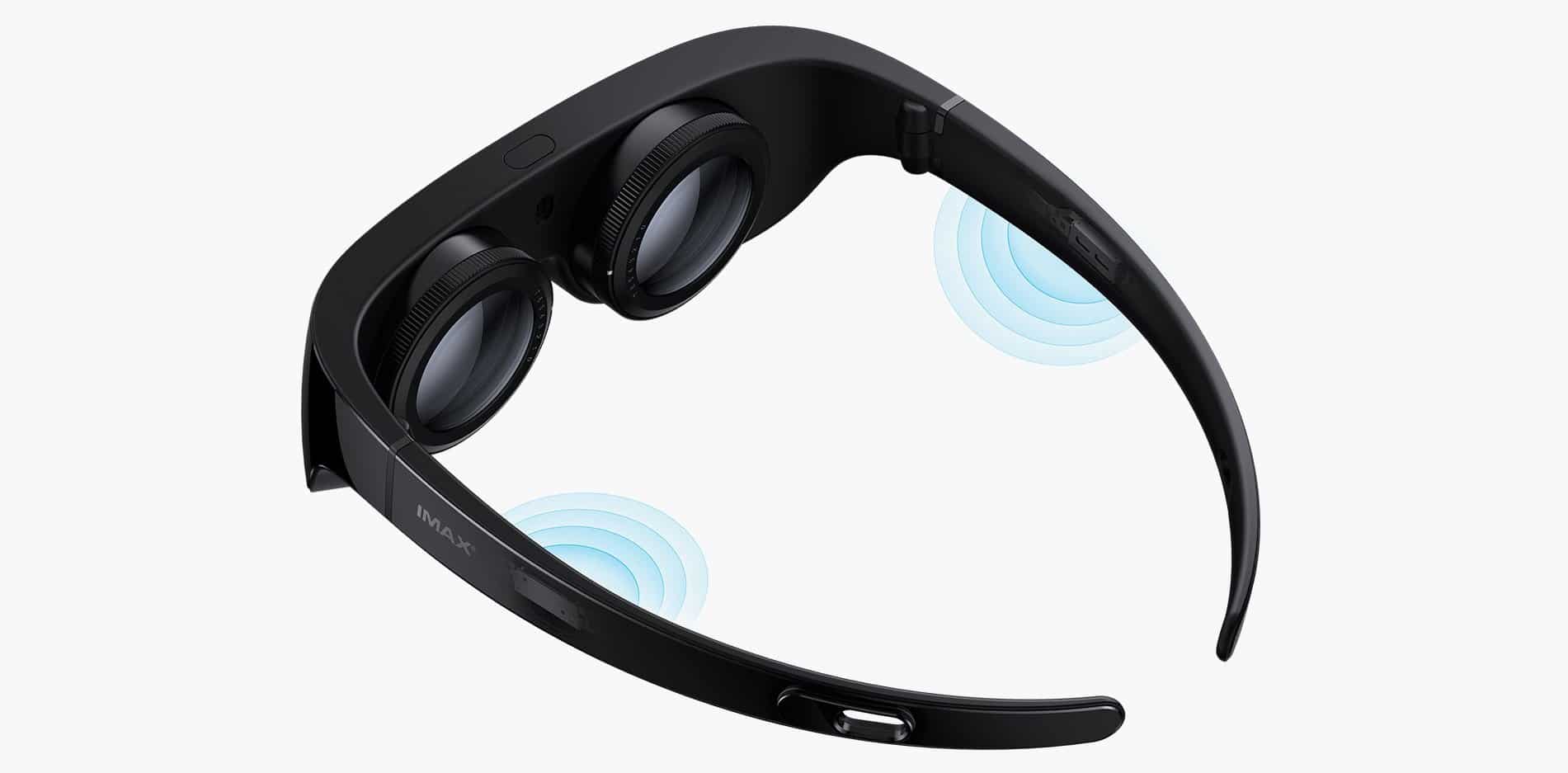HTC is teasing a concept VR headset with a much smaller size than current offerings.
Most current VR headsets are not comfortable to wear for extended periods of time. For some, they are even uncomfortable after a matter of minutes. This can be because they push a relatively heavy weight against the sinuses, where humans are particularly sensitive to pressure.
Called Project Proton, HTC’s concept headset uses microdisplays instead of regular display panels. Microdisplays are manufactured using a completely different process than regular OLED panels, and are typically around the size of a small coin. Paired with the right lenses, this allows for a much smaller headset design.

Two versions of Proton are being “teased”. One is a standalone unit with the compute and battery seemingly housed in the large back padding. The other is intended to be externally powered via a cable to a smartphone, which HTC said could one day stream VR content over 5G.

Unlike all other compact headset concepts we’ve seen, HTC claims Proton has 6DoF positional tracking. Two cameras are visible under the front plate of the headset, which would likely be used for this tracking (and potentially other computer vision tasks, but that’s speculation on our part).
HTC tells us it was planning to show Proton off “under glass” at MWC before the conference was cancelled due to concerns about the spread of Coronavirus. To be clear, that typically means they’d be showing a physical unit but not letting people actually try it (it may not even be functional).
Of course, this isn’t the first compact VR headset prototype we’ve seen. Panasonic showed a functional prototype of a similar project at CES. In fact, Huawei launched a small headset already in China for roughly $430, but the product lacks built in positional tracking.

This is the first time HTC has shown off a VR product concept without solid plans to bring it to market. This can create excitement for the future among consumers, but on the other hand it can set expectations for actual near term products too high. Much of the VR community’s initial lackluster reaction to the Oculus Rift S might be ascribed to Facebook showing off a wide field of view varifocal headset prototype just months before, for example.
So when, if ever, will we see Proton as a product? HTC is clear that this is a concept, so probably not any time soon. By all accounts, microdisplays are still expensive and it will still require breakthrough optics to magnify them over a wide field of view.
In the near term, HTC is offering the much more modest Vive Cosmos, and now plans a cheaper model to compete with Facebook’s Rift S.
But once headsets like Proton do hit the market, VR could become a much more comfortable medium that people can spend hours in without wanting the bulky heavy box off their face. A few years down the line, today’s VR might be looked back on like we look at the earliest cellular telephones or CRT monitors.

























